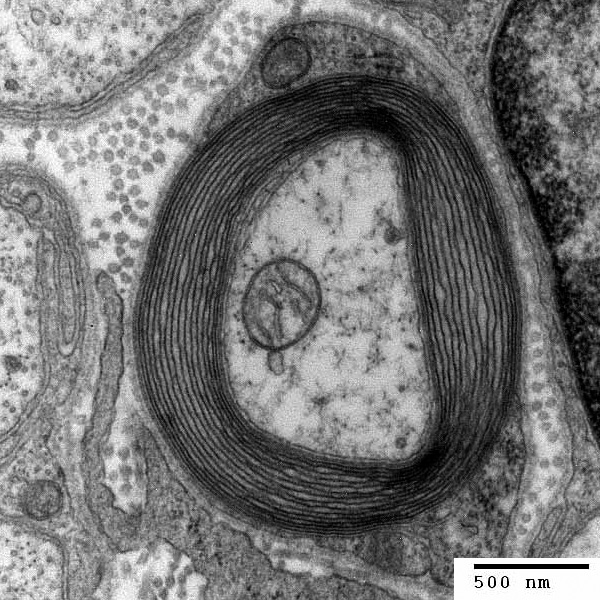Scientists in Germany have uncovered a previously overlooked aspect of the disease process that underlies the development of multiple sclerosis (MS). The disease occurs when the immune system begins to attack tissues in the central nervous system (meaning the brain and spinal cord), leading to plaque-like areas of damage, which can cause patients to experience difficulty with walking and other movements, weakness, sensory changes and visual impairment.
Previously, it was thought that the inappropriate immune attack was directed chiefly at a substance called myelin, fatty material that invests nerve fibres like the plastic insulation in an electrical cable. But now, and writing in the journal Immunity, Mainz-based researcher Volker Siffrin, from Johannes Gutenberg University, has discovered that a significant part of the immune assault is also directed at nerve cells themselves. 
Together with colleagues, Siffrin studied mice with the rodent equivalent of MS that had also been genetically engineered to produce a red-coloured protein in their immune cells and a green-coloured protein in their neurones to enable the two cell types to be distinguished easily down the microscope. Using a technique called two-photon laser scanning microscopy (TPLSM), the German researchers carefully studied sites of inflammation in the brains of the MS-afflicted mice and saw a class of white blood cell, called Th17 cells, making direct contacts, called "immune synapses", with affected nerve cells both at the sites of inflammation and elsewhere along the course of the nerves in the brain. Contact with these Th17 cells, they found, caused calcium to flood into the nerves, triggering an injurious process called excitotoxicity, which can ultimately kill the cell.
So, far from being confined to the adjacent myelin, the underlying pathology of MS may well include simultaneous direct destruction of nerve cells early on in the disease course, accounting for some of the symptoms.
This suggests that targeting treatments at these immune-neuronal interactions could provide doctors with an additional weapon with which to combat the progressive destruction done by MS.










Comments
Add a comment